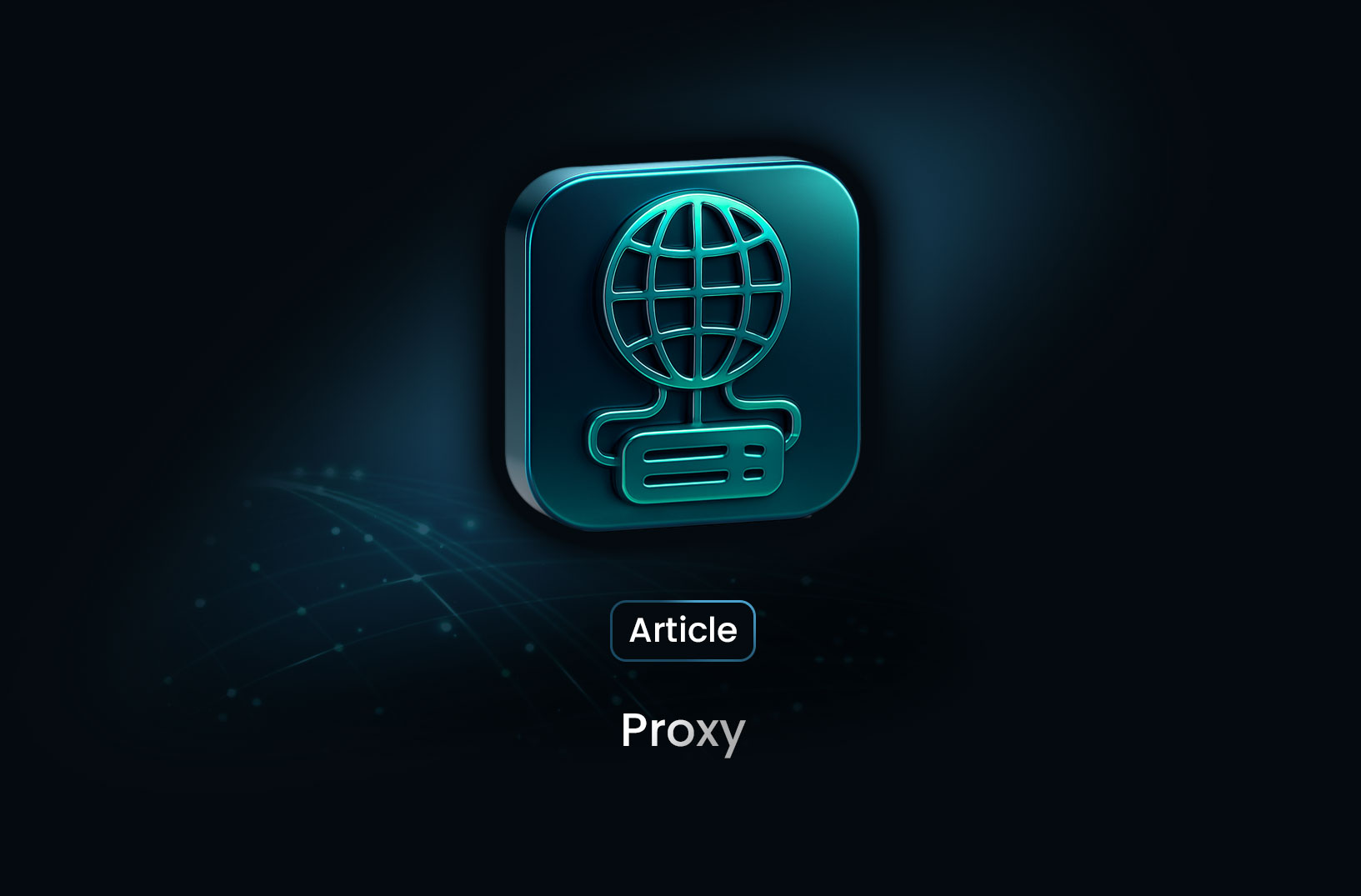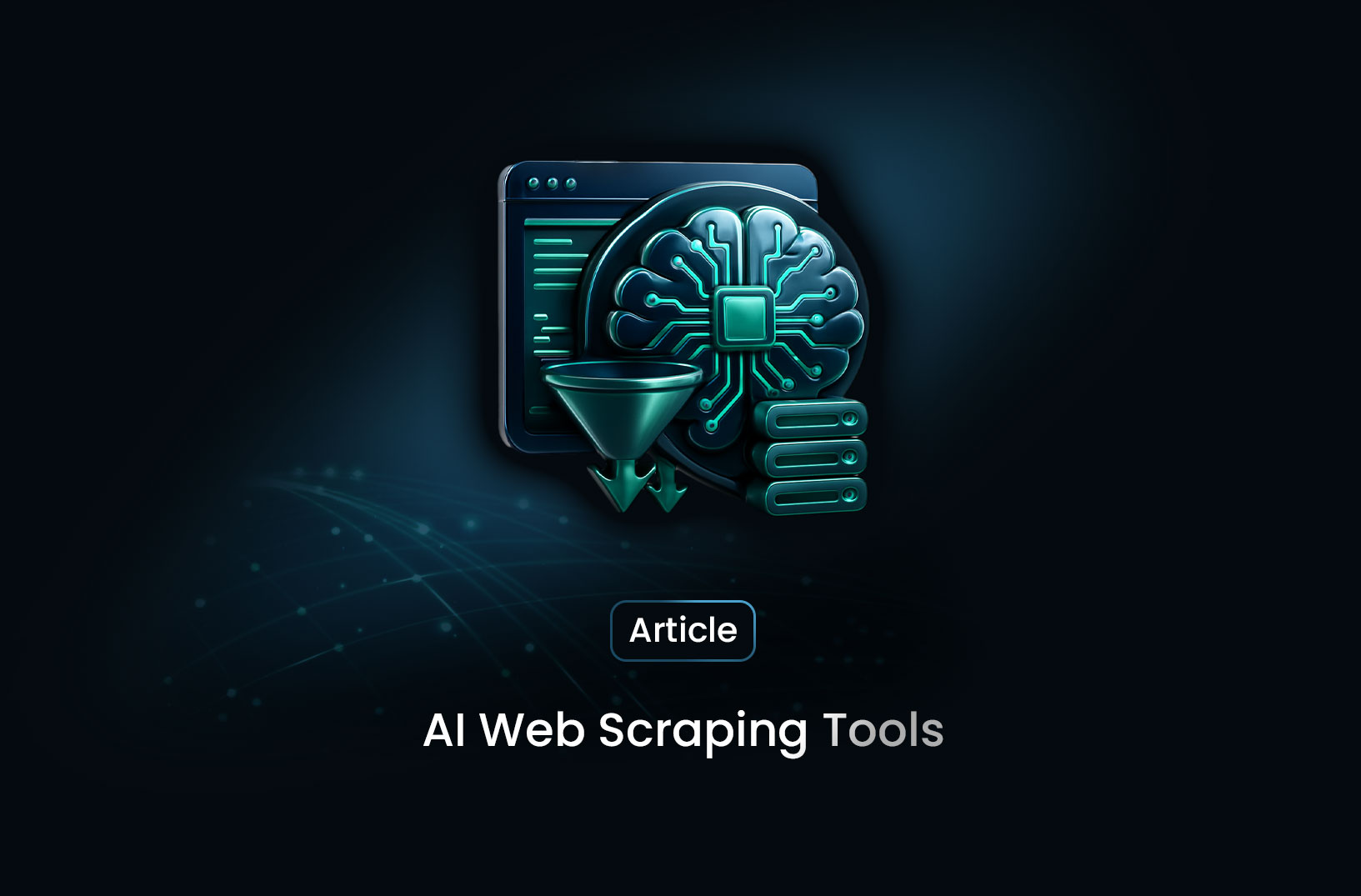
How to Find All URLs on a Domain with a Web Scraper
GuideThis guide will walk you through the process step-by-step, highlighting the key features of web scraping tools and discussing the benefits of this practice.
 In the world of web development, SEO, and digital marketing, understanding the structure and content of a website is crucial. One of the most effective ways to achieve this is by using a web scraper to discover and catalog every URL on a specific domain. This guide will walk you through the process step-by-step, highlighting the key features of web scraping tools and discussing the benefits of this practice.
In the world of web development, SEO, and digital marketing, understanding the structure and content of a website is crucial. One of the most effective ways to achieve this is by using a web scraper to discover and catalog every URL on a specific domain. This guide will walk you through the process step-by-step, highlighting the key features of web scraping tools and discussing the benefits of this practice.
Why Scrape URLs?
Before diving into the technical details, let's discuss why you might want to scrape all URLs from a domain:
- Comprehensive Site Audits: Ensure your website is free of broken links and properly structured.
- Content Inventory: Get a complete list of all content, making it easier to manage and update.
- Competitor Analysis: Analyze the structure and content of competitor websites to gain insights into their strategies.
Choosing the Right Web Scraper
There are numerous web scraping tools available, each with unique features. When selecting a tool, consider the following:
- Crawl Depth: The ability to specify how deep the scraper should go into the website's link hierarchy.
- Pattern Matching: This allows you to filter URLs based on specific patterns, such as only scraping URLs that include certain keywords.
- JavaScript Handling: Many modern websites rely on JavaScript for content loading, so it's crucial to use a tool that can handle JavaScript-heavy sites.
Step-by-Step Guide to Scraping URLs
-
Step 1: Set Up Your Web Scraper For this guide, we'll use a popular web scraping tool called Scrapy. Scrapy is a powerful Python framework for extracting data from websites. Install Scrapy: Ensure you have Python installed, then run the following command to install Scrapy: Create a New Scrapy Project: Navigate to your desired directory and create a new project
-
Step 2: Define Your Spider A spider is a class in Scrapy that defines how a website should be scraped. Create a new spider by creating a file named myspider.py in the spiders directory
-
Step 3: Configure Your Scraper Edit the settings.py file to configure your scraper. For instance, you can set the user-agent to mimic a real browser
-
Step 4: Run Your Spider Run your spider using the following command This will start the scraping process, and all discovered URLs will be saved to urls.txt.
-
Step 5: Handle JavaScript-Heavy Sites For websites that rely heavily on JavaScript, consider using a tool like Selenium in conjunction with Scrapy. Selenium can automate browser actions, allowing you to scrape content that requires JavaScript rendering.
Benefits of URL Scraping
Scraping all URLs from a domain offers numerous benefits:
- Detailed Analysis: Gain insights into the structure and content of a website.
- SEO Optimization: Identify and fix broken links, duplicate content, and other SEO issues.
- Content Management: Maintain an up-to-date inventory of all your website's content.
Conclusion
Using a web scraper to find all URLs on a domain is a powerful technique for site audits, content management, and competitive analysis. By following the steps outlined in this guide, you can effectively catalog every URL on a specific domain, leveraging the capabilities of tools like Scrapy and Selenium.
Happy scraping!
Find more insights here

LunaProxy vs PYPROXY — Which Proxy Service Fits Your Needs in 2025?
Compare LunaProxy and PYPROXY in 2025 to find out which proxy service fits your scraping, automation...

Proxy 101: What Is a Proxy and Why It Matters for Web Scraping
Learn what a proxy is, how it works, the different types of proxies, and why proxies are essential f...

7 Most Effective AI Web Scraping Tools for Automated Data Extraction in 2025
A look at 7 AI web scraping tools that stand out in 2025—what they offer, how they work, and why MrS...
